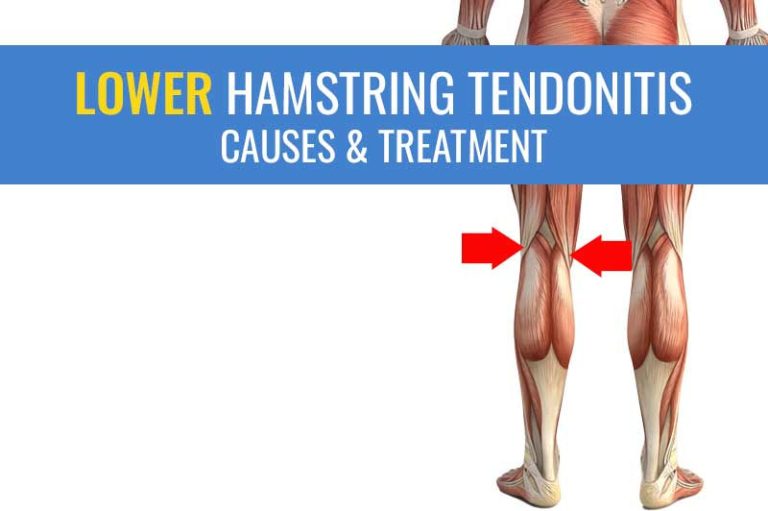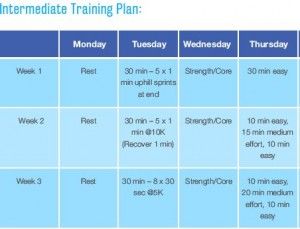Walking Vs Running
Walking is lower impact but running burns more calories. Both offer cardiovascular benefits and improve overall health.
Staying active is essential for maintaining a healthy lifestyle. Exercise plays a crucial role in preventing chronic diseases and improving mental well-being. When considering walking versus running, it’s important to choose the activity that aligns with your fitness goals and capabilities.
Both forms of exercise have their own unique benefits and can be incorporated into a balanced fitness routine. By understanding the differences between walking and running and how they impact the body, individuals can make an informed decision on which activity best suits their needs. Let’s delve deeper into the benefits of walking and running to help you make the right choice for your fitness journey.
Benefits Of Walking
Walking is a simple yet effective form of physical activity that offers numerous health benefits. It is accessible to people of all ages and fitness levels, making it an ideal way to improve overall well-being. Let’s delve into the positive impact that walking can have on our health.
Improved Cardiovascular Health
Regular walking helps to strengthen the heart. It improves circulation, keeping the arteries and veins clear, reducing the risk of heart disease. This low-impact activity helps to lower your resting heart rate, reducing the stress on the heart.
Weight Management And Fat Loss
Walking is an effective way to manage weight and shed extra pounds. It stimulates metabolism, burning calories and helping to maintain a healthy body weight. Over time, consistent walking can contribute to fat loss, especially when combined with a balanced diet.

Credit: classpass.com
Benefits Of Running
Increased Calorie Burn
Running burns more calories quickly than walking.
Builds Endurance
Running improves overall stamina and endurance levels.
Differences In Impact On Joints
Walking and running are two popular forms of cardiovascular exercise that offer various health benefits. One key aspect to consider is the impact these activities have on our joints. Let’s explore the differences in joint impact between walking and running.
Lower Joint Impact With Walking
Walking is a low-impact exercise that puts less stress on your joints.
- Walking helps to strengthen muscles surrounding joints while minimizing impact.
- It is gentle on the knees, hips, and ankles, making it a suitable exercise for individuals with joint issues.
Higher Joint Impact With Running
Running, on the other hand, is a high-impact activity that can put more strain on your joints.
- Running involves greater force on the knees and hips due to the repetitive impact of each stride.
- This increased impact can lead to a higher risk of joint injuries over time.

Credit: m.youtube.com
Difference In Intensity
When it comes to comparing walking and running, one of the key differences lies in the intensity of the activities. Understanding the difference in intensity between walking and running can help individuals make informed decisions on which form of exercise should be incorporated into their fitness routines.
Moderate Intensity With Walking
Walking is an excellent form of low-impact exercise that offers moderate intensity. It’s a great choice for individuals seeking to improve their cardiovascular health, boost their energy levels and simply stay active. Walking at a brisk pace elevates the heart rate, increases circulation and engages multiple muscle groups, making it an effective way to burn calories and improve overall fitness.
High Intensity With Running
Running, on the other hand, brings a higher intensity level to the table. This form of exercise elevates the heart rate significantly, promoting endurance and stamina. Running engages large muscle groups and demands greater cardiovascular output, making it an efficient way to burn calories and build cardiovascular and muscular strength. Its high-intensity nature also makes it a popular choice for individuals aiming to improve their athletic performance and cardiorespiratory fitness.
Factors To Consider When Choosing
Factors to consider when choosing between walking and running include fitness goals, impact on joints, and time commitment. Each activity has its own benefits and considerations, so it’s important to weigh your personal preferences and needs before making a decision.
Factors to Consider When Choosing When deciding between walking and running, there are several factors you should take into consideration to make the right choice for your fitness routine. Let’s explore these factors in detail.Fitness Goals
Your fitness goals should be the primary consideration when choosing between walking and running. If you aim to improve cardiovascular endurance, burn more calories, or participate in races, running would be a better fit for you. Running is a high-intensity exercise that elevates your heart rate and offers a more vigorous workout. On the other hand, if your goal is to maintain a healthy lifestyle, reduce stress, or recover from an injury, walking can be a beneficial and less impactful exercise option.Time Commitment
Time commitment is another crucial factor to consider. Running generally requires more time compared to walking due to its higher intensity. If you have a busy schedule or are looking for a quick workout option, walking provides a more time-efficient way to stay active. A 30-minute walk can still provide health benefits, while a 30-minute run may require more endurance and impact on your joints. Consider how much time you can realistically dedicate to exercise and choose the option that fits your schedule. In summary, the choice between walking and running depends on your fitness goals and time commitment. While running offers more intensive workouts and is ideal for specific outcomes like cardiovascular endurance and calorie burning, walking provides a low-impact exercise option suitable for maintaining a healthy lifestyle. Prioritize your goals and evaluate your available time to make the best choice that aligns with your needs. Remember, regardless of your decision, the most important thing is to stay active and enjoy the benefits of regular exercise.
Credit: darebee.com
Frequently Asked Questions For Walking Vs Running
Is Walking Or Running Better For Weight Loss?
Walking and running both contribute to weight loss, but running burns more calories in less time.
Which Is Easier On The Joints: Walking Or Running?
Walking is generally easier on the joints because it has less impact on the knees and hips compared to running.
Can Walking Provide The Same Health Benefits As Running?
While running has more intense cardiovascular benefits, walking consistently can still improve heart health and reduce the risk of chronic diseases.
Conclusion
Both walking and running have their distinct advantages, catering to different fitness goals and personal preferences. Whether you prefer the meditative pace of walking or the high intensity of running, both activities offer numerous physical and mental health benefits. Ultimately, the best choice is the one that suits your lifestyle and aligns with your wellness objectives.




